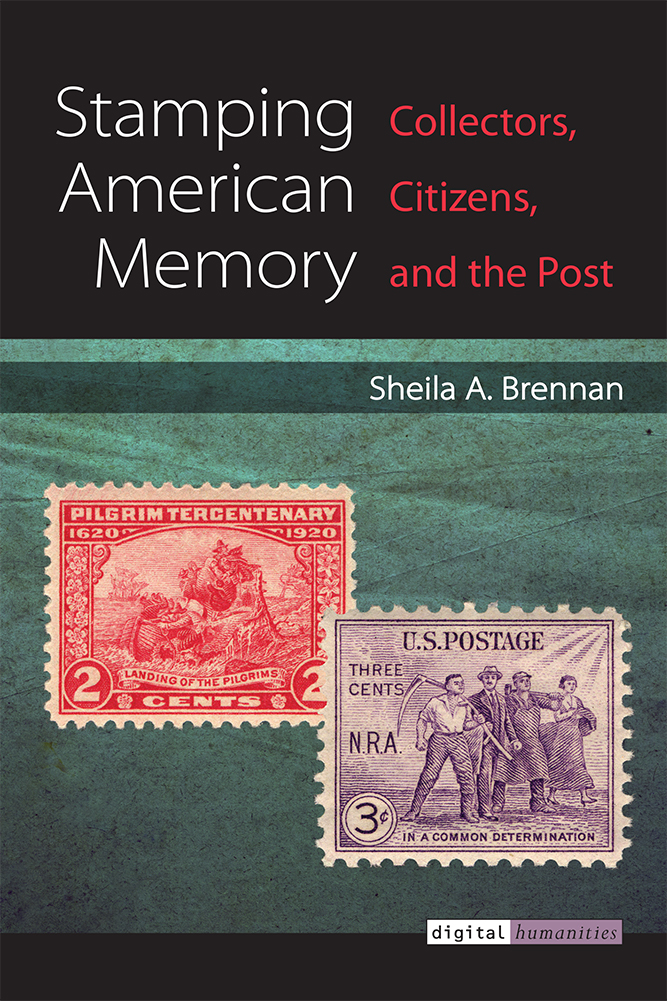
About the Book
Winner of the University of Michigan Press / Humanities, Arts, Science, and Technology Alliance and Collaboratory (HASTAC) Prize for Notable Work in the Digital Humanities
In the age of digital communications, it can be difficult to imagine a time when the meaning and imagery of stamps was politically volatile. While millions of Americans collected stamps from the 1880s to the 1940s, Stamping American Memory is the first scholarly examination of stamp collecting culture and how stamps enabled citizens to engage their federal government in conversations about national life in early-twentieth-century America. By examining the civic conversations that emerged around stamp subjects and imagery, this work brings to light the role that these under-examined historical artifacts have played in carrying political messages.
Sheila A. Brennan crafts a fresh synthesis that explores how the US postal service shaped Americans’ concepts of national belonging, citizenship, and race through its commemorative stamp program. Designed to be saved as souvenirs, commemoratives circulated widely and stood as miniature memorials to carefully selected snapshots from the American past that also served the political needs of small interest groups. Stamping American Memory brings together the histories of the US postal service and the federal government, collecting, and philately through the lenses of material culture and memory to make a significant contribution to our understanding of this period in American history.
“… addresses a neglected aspect of American cultural history that will appeal not only to academic scholars across disciplines and fields but also the general public, including the dedicated community of philatelists.”
—Julie Thompson Klein, Author of Interdisciplining Digital Humanities
About the Author
Sheila A. Brennan is Director of Strategic Initiatives at the Roy Rosenzweig Center for History and New Media, and Research Associate Professor in the Department of History and Art History at George Mason University.